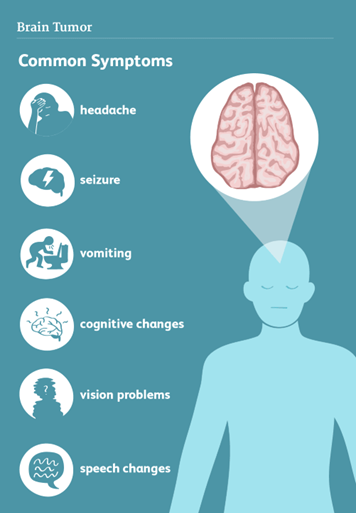A client who is newly diagnosed with type 2 diabetes mellitus (DM) receives a prescription for metformin 500 mg PO twice daily. Which statement(s) should the nurse include in this client’s teaching plan? (Select all that apply.)
Take metformin with the morning and evening meal.
Use sliding scale insulin for frequent blood glucose elevations.
Recognize signs and symptoms of hypoglycemia.
Report persistent polyuria to the health care provider.
Take an additional dose for signs of hyperglycemia.
Correct Answer : A,C,D
Choice A: Taking metformin with the morning and evening meal is a correct statement for the nurse to include, as this can improve the absorption and effectiveness of metformin and reduce the risk of gastrointestinal side effects. Therefore, this is a correct choice.
Choice B: Using sliding scale insulin for frequent blood glucose elevations is not a correct statement for the nurse to include, as this is not recommended for clients with type 2 DM who are taking metformin. This can cause hypoglycemia and complicate the management of blood glucose levels. This is an incorrect choice.
Choice C: Recognizing signs and symptoms of hypoglycemia is a correct statement for the nurse to include, as this can help the client identify and treat low blood glucose levels, which can occur with metformin use or other factors such as exercise, fasting, or alcohol intake. Therefore, this is another correct choice.
Choice D: Reporting persistent polyuria to the health care provider is a correct statement for the nurse to include, as this can indicate poor glycemic control or a complication of DM such as diabetic ketoacidosis or nephropathy. Therefore, this is another correct choice.
Choice E: Taking an additional dose for signs of hyperglycemia is not a correct statement for the nurse to include, as this can cause overdose or toxicity of metformin, which can lead to lactic acidosis and renal failure. This is another incorrect choice.
Nursing Test Bank
Naxlex Comprehensive Predictor Exams
Related Questions
Correct Answer is C
Explanation
Choice A: 18%. This is not the correct percentage, as it only accounts for one lower extremity. According to the rule of nines, each lower extremity accounts for 9% of body surface area on both anterior and posterior sides, so both lower extremities would account for 18% x 2 = 36%.
Choice B: 27%. This is not the correct percentage, as it only accounts for one and a half lower extremities. According to the rule of nines, each lower extremity accounts for 9% of body surface area on both anterior and posterior sides, so one and a half lower extremities would account for 9% x 3 = 27%.
Choice C: 36%. This is the correct percentage, as it accounts for both lower extremities. According to the rule of nines, each lower extremity accounts for 9% of body surface area on both anterior and posterior sides, so both lower extremities would account for 9% x 4 = 36%.
Choice D: 45%. This is not the correct percentage, as it accounts for more than both lower extremities. According to the rule of nines, each lower extremity accounts for 9% of body surface area on both anterior and posterior sides, so more than both lower extremities would account for more than 9% x 4 = 36%.
Correct Answer is B
Explanation
Choice A: Notifying the emergency response team of the client's seizure is not a necessary action for the nurse, as the seizure has already stopped and there is no immediate threat to the client's life. This is a distractor choice.
Choice B: Keeping orienting the client to time and place until he is less confused is an appropriate action for the nurse, as this can help restore the client's cognitive function and reduce his anxiety after a seizure. Therefore, this is the correct choice.
Choice C: Explaining the postictal state that usually follows seizures is not a priority action for the nurse, as this can be done later when the client is more alert and receptive. This is another distractor choice.
Choice D: Asking the wife to wait outside the room until the nurse can talk with her is not a considerate action for the nurse, as this can increase her stress and worry about her husband's condition. This is a contraindicated choice.

Whether you are a student looking to ace your exams or a practicing nurse seeking to enhance your expertise , our nursing education contents will empower you with the confidence and competence to make a difference in the lives of patients and become a respected leader in the healthcare field.
Visit Naxlex, invest in your future and unlock endless possibilities with our unparalleled nursing education contents today
Report Wrong Answer on the Current Question
Do you disagree with the answer? If yes, what is your expected answer? Explain.
Kindly be descriptive with the issue you are facing.
